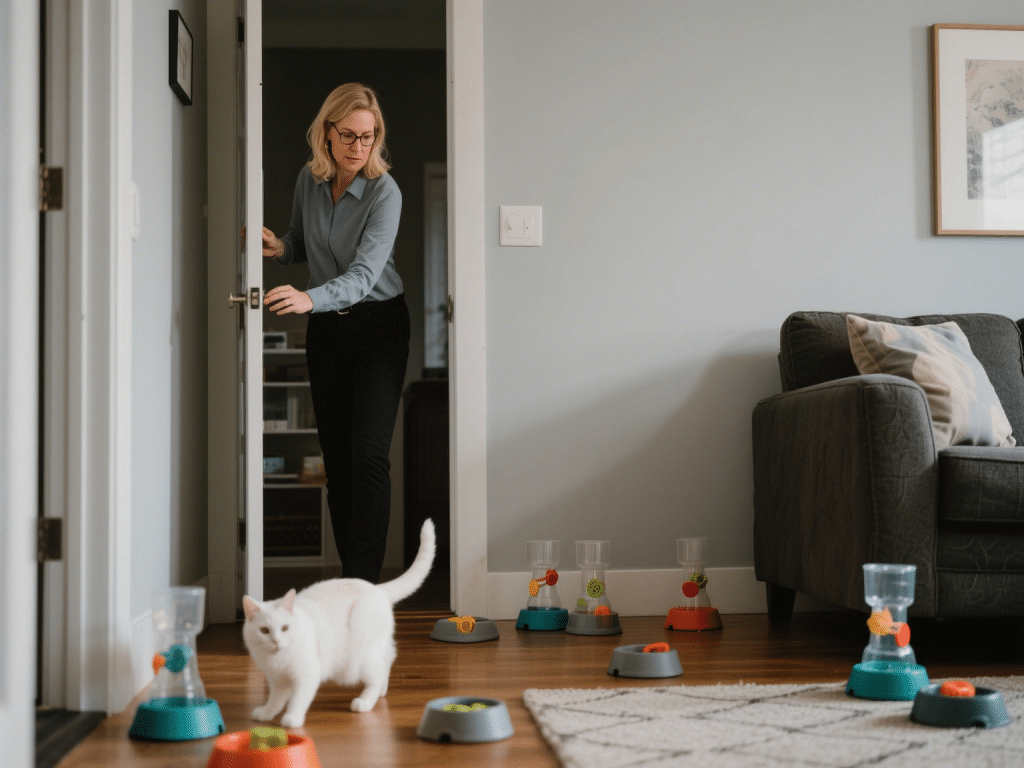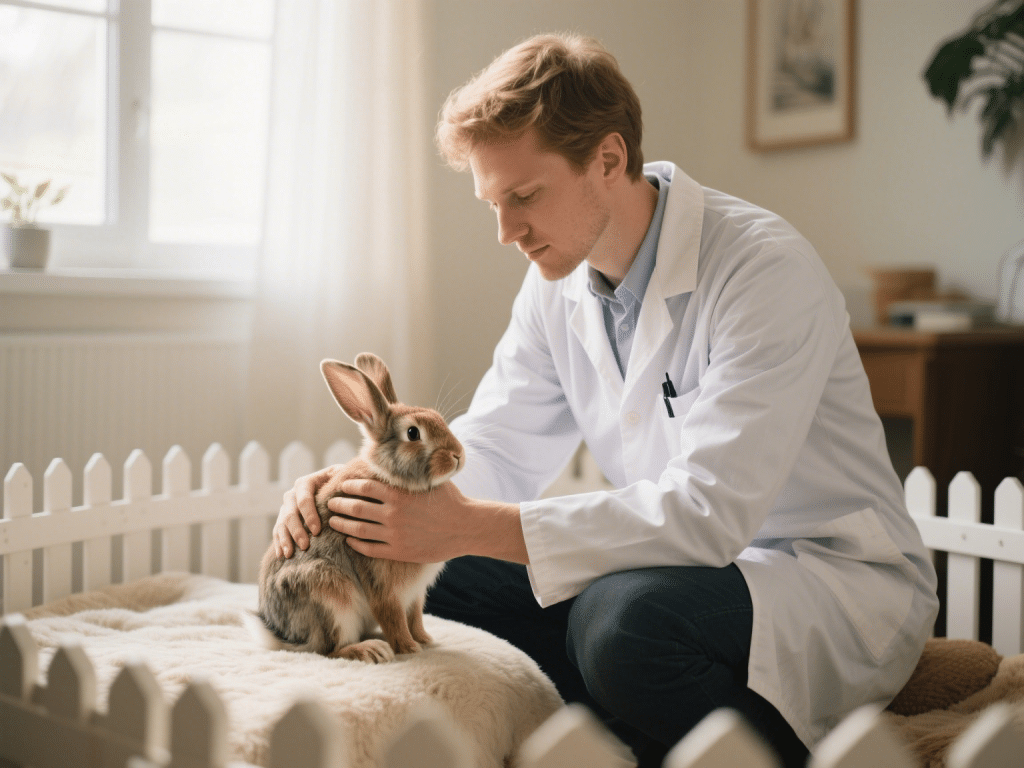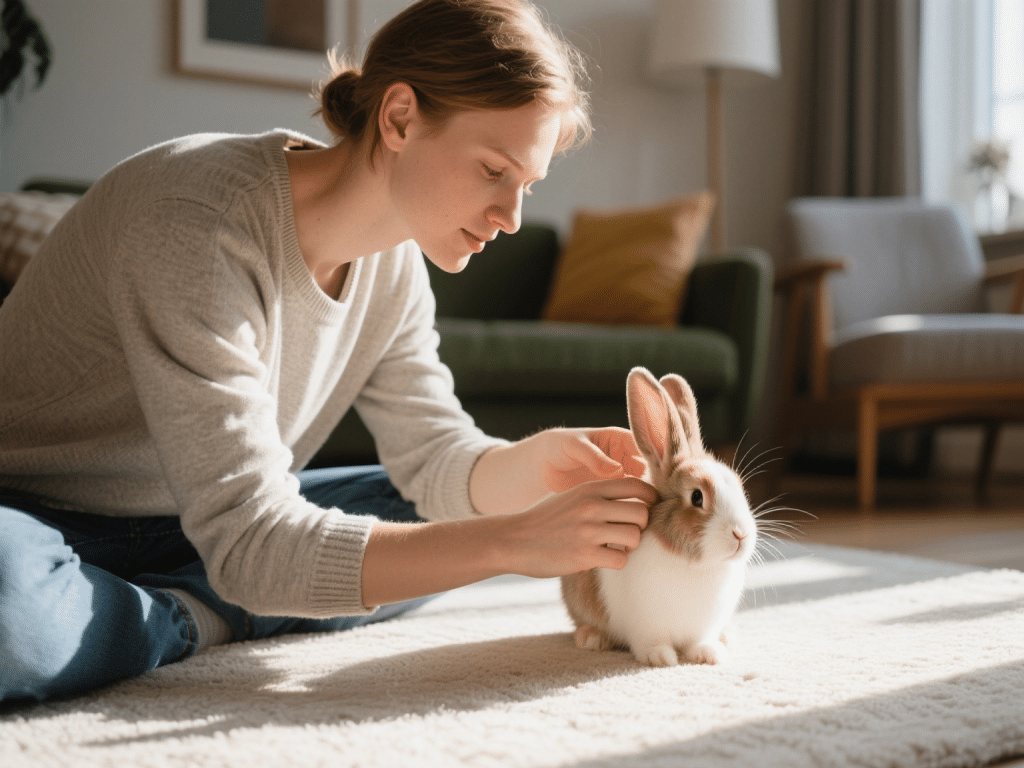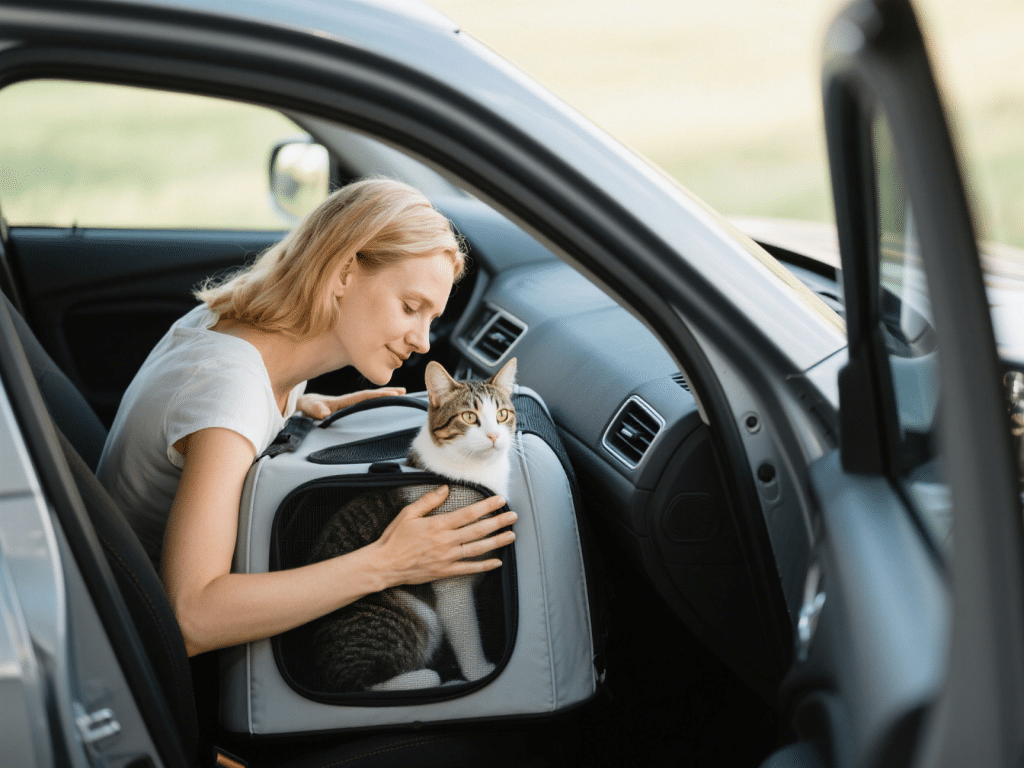RECOMMENDED NEWS

Combatting Separation Anxiety in Cats: Enrichment and Routine
While dogs often receive most attention for separation anxiety, many cats also suffer stress when le...
Read More →
Managing Anxiety in Rescue Rabbits: A Compassionate Approach
Rescue rabbits often carry trauma from past neglect or abrupt changes. My 8 years working in rabbit ...
Read More →
Recognizing and Treating Ear Infections in Rabbits
Ear infections (otitis) are common in domestic rabbits, especially lop-eared breeds where canal airf...
Read More →
Creating a Pet First Aid Kit: Must-Have Supplies
IntroductionEmergencies can occur unexpectedly, and having a dedicated pet first aid kit ensures you...
Read More →
Training Your Parakeet to Talk: Techniques That Work
IntroductionParakeets (budgies) are intelligent, social birds capable of mimicking human speech. Wit...
Read More →
How to Introduce a New Puppy to a Senior Dog Without Stress
IntroductionIntroducing a new puppy to a senior dog requires careful planning. Senior dogs may have ...
Read More →
Preparing Your Pet for Life in an Apartment: A Beginner’s Guide
IntroductionMoving into an apartment presents unique challenges and opportunities for pet owners. Li...
Read More →
How to Tell If Your Dog’s Food Is Causing Allergies
IntroductionFood allergies in dogs—immune-mediated reactions to specific ingredients—can lead to...
Read More →
How to Travel by Car with a Cat Without the Stress
IntroductionCar travel can be stressful for cats, who often associate carriers and vehicles with dis...
Read More →
Comments on "How to Calm an Anxious Pet During Fireworks or Storms" :